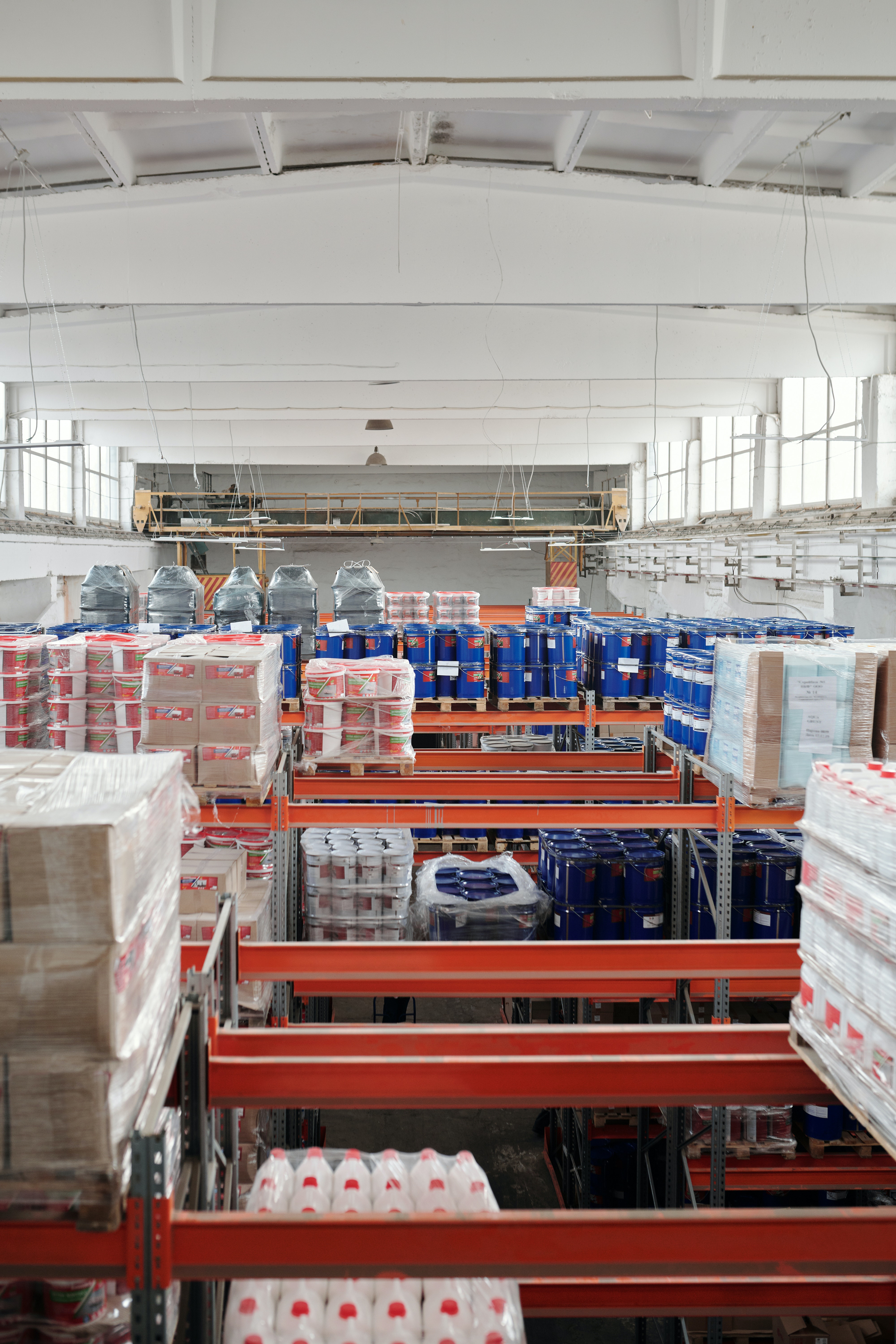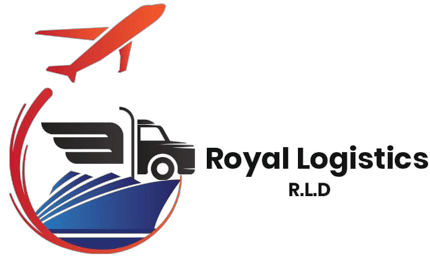Warehouse Logistics
Warehouse logistics refers to the management of the flow of goods into, through, and out of a warehouse. This involves a range of activities, from receiving and storing goods to picking, packing, and shipping orders. Efficient warehouse logistics is essential for businesses that rely on warehouses to store and distribute their products. In this article, we will explore the key aspects of warehouse logistics and how they can impact your business.
Warehouse Layout and Design
The layout and design of a warehouse can have a significant impact on its efficiency. A well-designed warehouse will have clearly defined areas for receiving, storage, and order fulfillment. This allows for easy movement of goods throughout the warehouse and minimizes the time and effort required for each activity. The layout should also be optimized for the size and shape of the products being stored, as well as the type of equipment used for handling them.
Order Fulfillment
Order fulfillment refers to the process of picking, packing, and shipping customer orders. This is a critical aspect of warehouse logistics, as it directly impacts customer satisfaction and repeat business. To optimize order fulfillment, warehouses should have a system for organizing orders, picking products efficiently, and verifying accuracy before shipping.
Safety and Compliance
Safety and compliance are critical considerations in warehouse logistics. Warehouses must comply with regulations and standards for storage and handling of products, as well as ensure the safety of employees and visitors. This includes providing proper training, equipment, and safety protocols to minimize the risk of accidents or injuries.
Inventory Management
Effective inventory management is essential for ensuring that the right products are available when they are needed. This involves accurately tracking inventory levels, forecasting demand, and replenishing stock in a timely manner. A well-designed warehouse management system (WMS) can help automate these processes, reducing the risk of errors and improving overall efficiency.
Equipment and Technology
The right equipment and technology can greatly improve the efficiency and accuracy of warehouse logistics. This includes tools such as forklifts, conveyor belts, and barcode scanners, as well as software systems such as warehouse management systems (WMS), transportation management systems (TMS), and enterprise resource planning (ERP) software. Investing in the right equipment and technology can help streamline warehouse logistics, reduce costs, and improve overall performance.
Conclusion
In conclusion, warehouse logistics is a complex process that involves many different aspects, from layout and design to inventory management, order fulfillment, equipment and technology, and safety and compliance. By focusing on these key areas, businesses can optimize their warehouse logistics and improve efficiency, accuracy, and customer satisfaction.
Streamline Your Supply Chain
All Of Our High-Quality Warehousing and Distribution Facilities Are Port-Centric, Meaning We Can Quickly Store, Handle and Distribute Goods Directly from The Port, Thereby Reducing the Amount of Handling, Eliminating Road Miles and Decreasing Lead Times Compared to Using Inland Distribution Centers. Our Bonded Warehousing Also Reduces the Time Your Goods Spend Waiting at The Port.
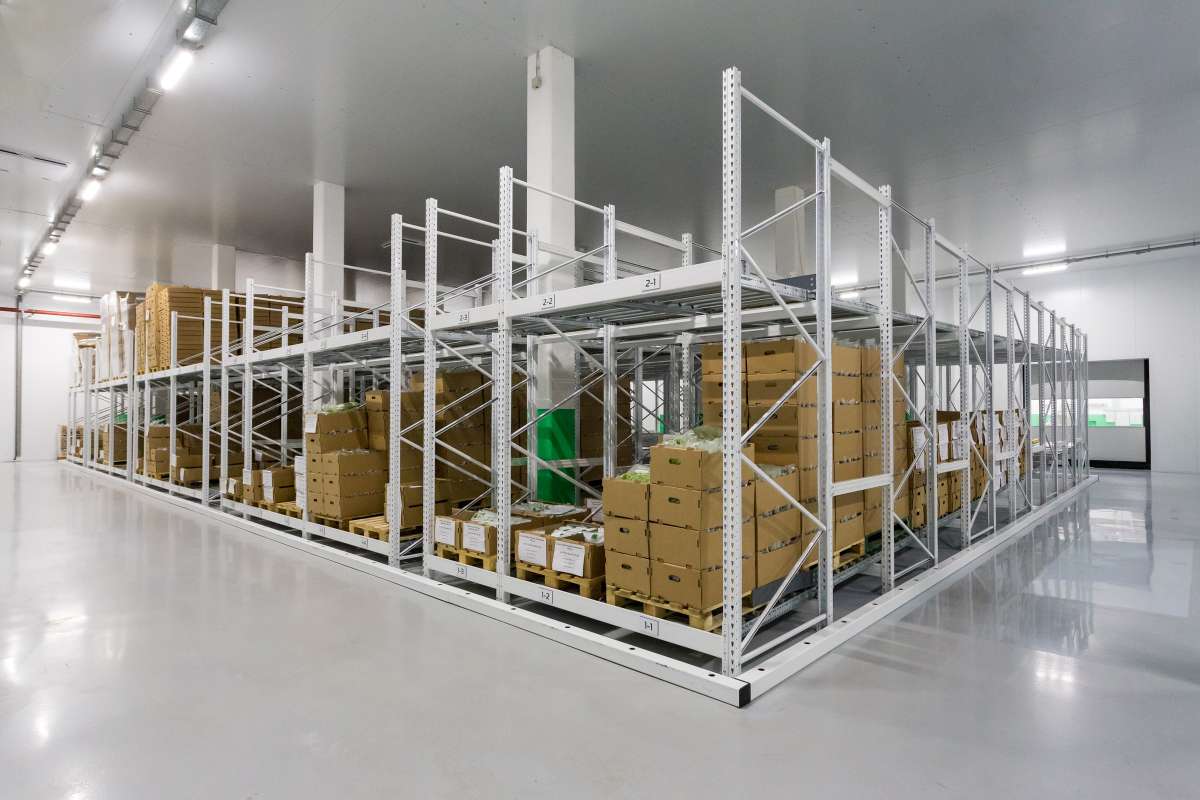
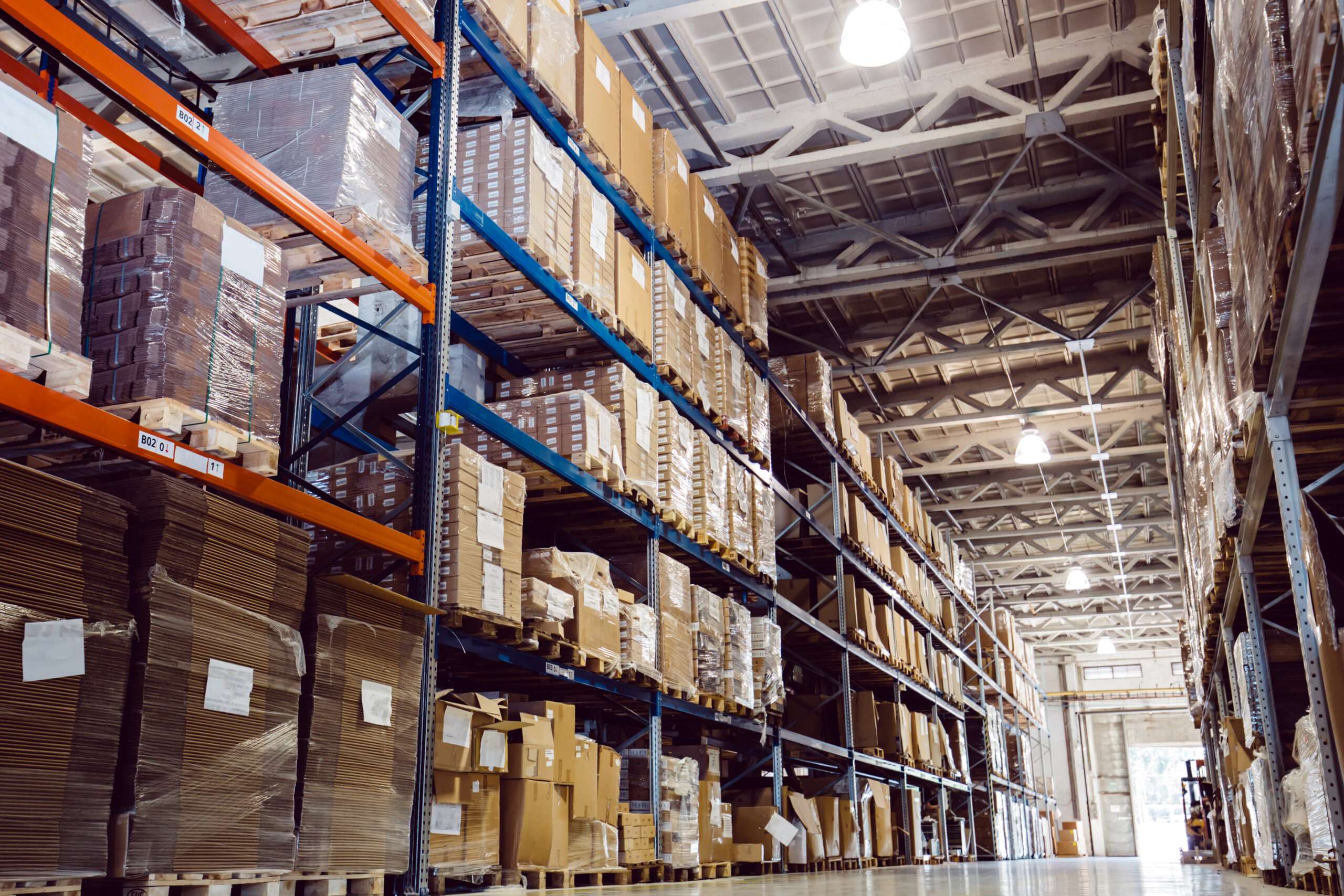
Eliminate Your Inefficiencies
Don’t Want to Be Held Up at The Port Due to Import Duty and VAT Payments? When You Use Our Bonded Warehousing, You Don’t Pay Until Your Cargo Leaves Our Warehouse. As An Added Bonus, Port-Centric Warehousing and Distribution Is Not Just Good for Your Cash Flow, It Could Also Help Reduce Your Environmental Impact Due to The More Efficient Supply Chain.
Don’t Get Left in The Dark
As Your Goods Move Quickly from Port to Destination, We Bet You Will Want to Know Exactly Where They Are! We Have an Industry-Leading Warehouse and Logistics Management System That Not Only Ensures a Smooth Transition Through the Warehouse but Can Also Interface Seamlessly with Your Systems and Give You Real-Time Data on Consignments and Stock Levels.
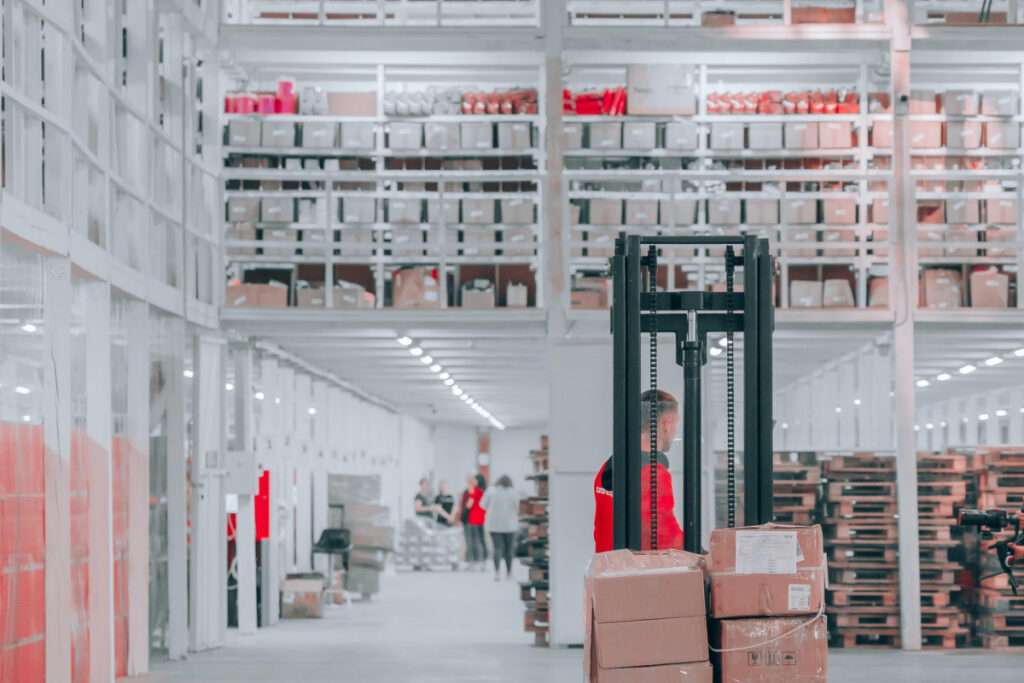
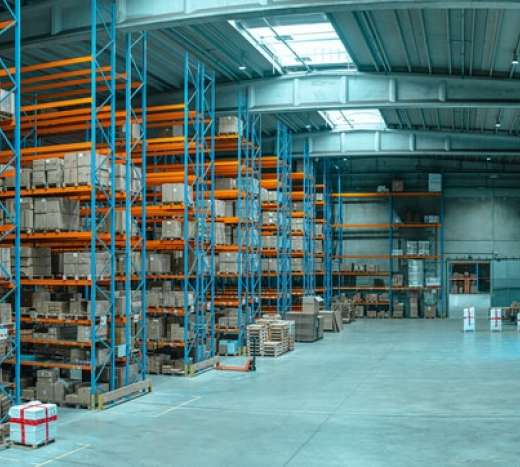
Partner With Our Experts
Providing Industry-Leading Warehousing and Distribution Services Is Just One Aspect of What We Do. We Have Specialists in All Areas of Third-Party Warehouse, Distribution and Logistics Services, Including Customs, And Sea, Air and Road Freight, Who Can Work Together to Provide Multi-Modal Solutions and Improve the Efficiency of Your Supply Chain
Frequently Asked Question
Here are some frequently asked questions (FAQs) about Warehouse Logistics services:
Warehouse logistics is the management of the flow of goods into, though, and out of a warehouse. It involves activities such as receiving and storing goods, picking and packing orders, and shipping products to customers.
Efficient warehouse logistics is important for businesses that rely on warehouses to store and distribute their products. It helps minimize costs, reduce errors, and improve customer satisfaction.
Some key aspects of warehouse logistics include warehouse layout and design, inventory management, order fulfillment, equipment and technology, and safety and compliance.
A warehouse management system (WMS) is a software application that helps manage the operations of a warehouse. It can help automate processes such as inventory management, order fulfillment, and shipping, improving efficiency and reducing errors.
Inventory management involves tracking inventory levels, forecasting demand, and replenishing stock in a timely manner. It is a critical aspect of warehouse logistics, as it ensures that the right products are available when they are needed.
Order fulfillment refers to the process of picking, packing, and shipping customer orders. It is a critical aspect of warehouse logistics, as it directly impacts customer satisfaction and repeat business.
The right equipment and technology can greatly improve the efficiency and accuracy of warehouse logistics. This includes tools such as forklifts, conveyor belts, and barcode scanners, as well as software systems such as WMS, TMS, and ERP software.
Safety and compliance are critical considerations in warehouse logistics. Warehouses must comply with regulations and standards for storage and handling of products, as well as ensure the safety of employees and visitors. This includes providing proper training, equipment, and safety protocols to minimize the risk of accidents or injuries.
